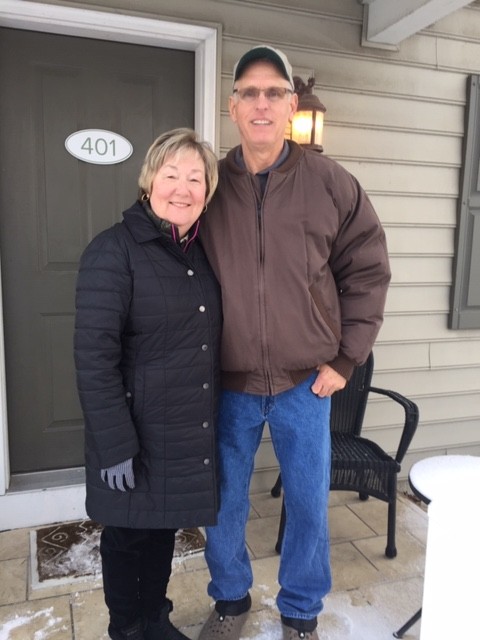David Fish thought he was Iron Man. At 57, he was still doing intense, physical labor at the construction company he owns, never missing a day on the job, never getting sick. His work gave him a great sense of security in his own health.
Until one night in 2012 when he “just didn’t feel right.”
“I knew something was wrong. I knew I needed to go to the hospital,” David remembers. The community hospital near his Swedesboro, New Jersey, home performed a CAT scan to determine the cause of the severe pain in his abdomen.
“In the morning, the doc came in with the results,” David recalls. “He said I had a large mass around the pancreas, liver, and other vital organs. Then he told me I had pancreatic cancer.”
Patricia, his wife, told the doctor if that diagnosis was correct, her husband needed to go to Jefferson. “The doctor did not argue with me,” she says.
Two days later, the couple traveled across the bridge to Thomas Jefferson University Hospital to see Anthony J. DiMarino, Jr., MD, who gave them some good news and some not-so-good news.
“He said, ‘I don’t think you have pancreatic cancer. But you have something, and I think it’s lymphoma,’” David says. He was immediately admitted to Jefferson for testing, and the next day, the diagnosis was confirmed—David had diffuse large B-cell lymphoma (DLBCL), the most common type of non-Hodgkin lymphoma in the United States and worldwide.
